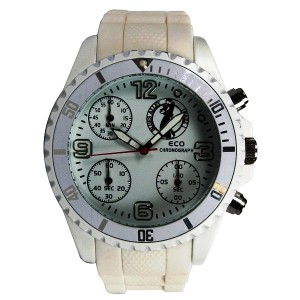Last year was important for Tudor, rocking up to Baselworld with a bunch of newly designed replica watches, including their very first GMT watch, which managed to hit a few headlines. The new Tudor watches represent a major progress towards stepping out of the shadows of its famous parent company. Moreover, it has revitalize the age-old Rolex vs. Tudor debate that has existed for years.
There was an easy answer in the past. Tudor was listed as a trade name by Hans Wilsdorf in 1926, in an effort to create a cheaper alternative to the premium arm of his watchmaking empire. The Rolex founder had been trying to establish a viable sub-brand for years, building and quickly abandoning names such as Falcon, Genex, Lexis, Marconi, and Unicorn.
Tudor succeeded from the failure of the others. Wilsdorf promoted them the same way he did to an actual rolex replica watch, yet stubbornly kept the labels as separate entities. This meant that the cheaper watches could be purchased in Rolex’s network of authorized dealers, but the idea behind them all was the same; a Rolex watch for less money than a Rolex. Or, as the delightfully condescending advertising of the time put it, they were mainly for ‘the man whose purse may be modest, yet has high aspirations. ‘ 
By 1946, Wilsdorf decided to let Tudor to operate independently, registering the company as Montres Tudor S. A, a joint stock business with all the shares owned by Rolex. It is a guaranteed success for the brand sanctioned the use of Rolex’s patented Oyster, and the brand created more affordable versions of Rolex’s product lines like the Oyster and Prince series and, of course, the Tudor Submariner ref. 7922, released just one year after Rolex’s first Submariner.
The major difference and the main reason for the wide price difference between the two brand lie in the movements, as Tudor has always been using third-party movements. Buying calibers, largely from Swiss ébauche manufactures ETA or Valjoux, is cheaper than design and building all your engines in-house as Rolex has long strives to do.
Rolex is well know for its capability of making some of the best mechanical movements of any manufacturer, and that prowess is well represented in the price of its products. By comparison, Tudor’s movements- being supplied from outside – has always lost the brand something in terms of bragging rights, keeping it out of the collectors top choice.
Moreover, it is in fact the price of replica Rolex watches that have made them more desirable. Wearing a Rolex means that you can afford it, and with the name synonymous with expensive luxury, you are tacitly displaying a hint at your net worth on your wrist. For some, the less expensive Tudor states that you really wanted a Rolex but hardly stretch to it – much in the same way that Porsche Boxster drivers probably actually wanted the 911.